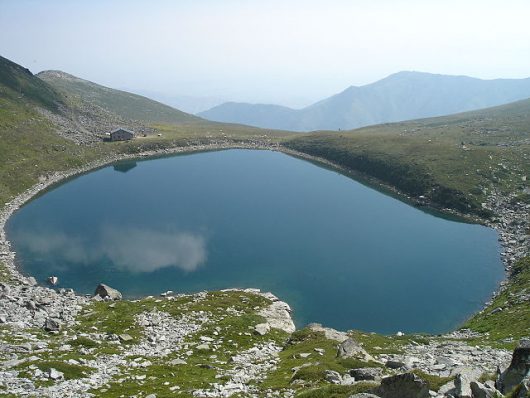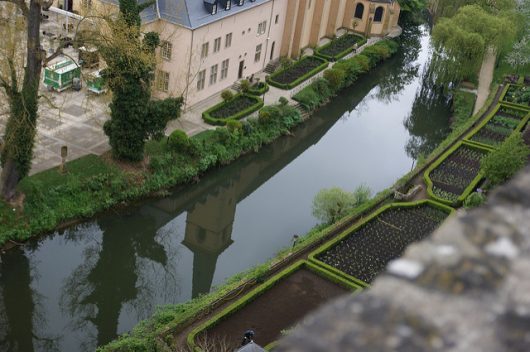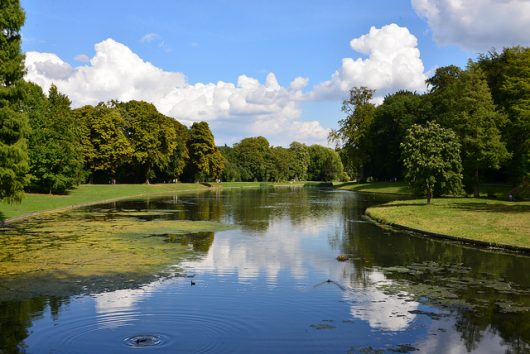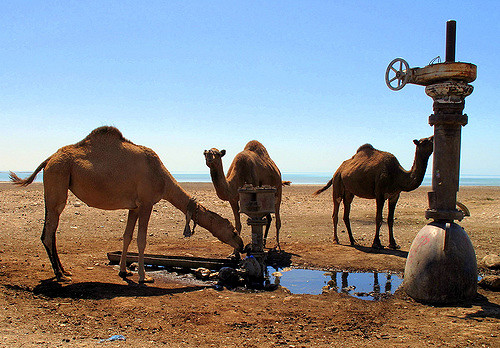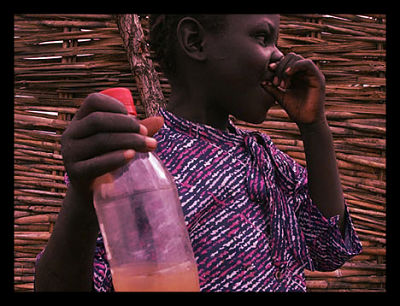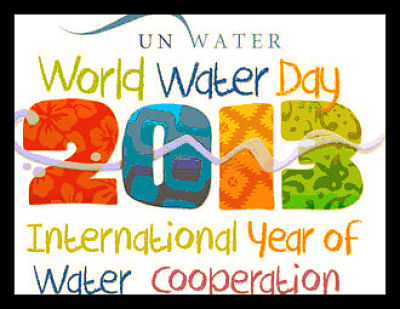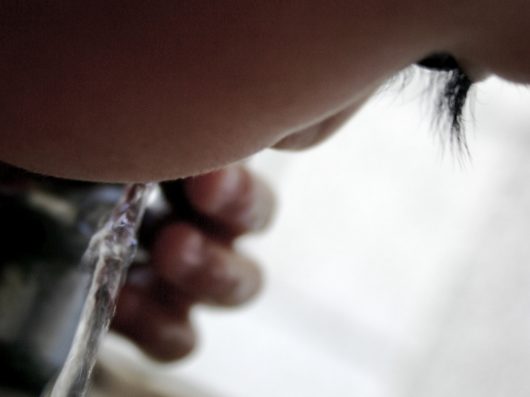 Although there is an abundance of water resources, the water quality in Bosnia and Herzegovina is lacking. Access to drinkable water is far below the standards set by the European Union (EU), which rests on four pillars:
Although there is an abundance of water resources, the water quality in Bosnia and Herzegovina is lacking. Access to drinkable water is far below the standards set by the European Union (EU), which rests on four pillars:
- Ensure that drinking water quality is controlled through standards based on the latest scientific evidence.
- Secure an efficient and effective monitoring, assessment and enforcement of drinking water quality.
- Provide the consumers with adequate, timely and appropriate information.
- Contribute to the broader EU water and health policy.
Currently, only about 65 percent of the country’s population has a connection to municipal or public water utilities – the average of European Union countries is 90 percent. Only large urban centers have a satisfactory supply of water, both in terms of quality and quantity. Unfortunately, the poorest and most vulnerable of Bosnia and Herzegovina’s population live in rural areas.
However, help has recently come through the implementation of 18 infrastructure projects within the “Securing Access to Water through Institutional Development and Infrastructure in Bosnia and Herzegovina.” Implemented through a partnership with the nation’s own citizens, one of the goals of the program is to educate the country’s water supply companies on how to best provide for their communities.
With financing from the government of Spain and support from the Millennium Development Goals Achievement Fund, the program has been able to help 55,000 people gain sustainable access to clean water. Today, disused water pipes have been replaced, returnee settlements have secured connections to sustainable water supplies, more water springs are protected and filter plants have been installed.
This has constituted an overall increase of two percent of citizens with access to clean water. Although it may not seem like much, it is a fundamental step in the right direction. Damages inflicted during the country’s recent war dealt a blow to the country’s infrastructure, as maintenance was neglected and pollution increased. Therefore, it is precisely with programs like this that water quality in Bosnia and Herzegovina will hope to see improvement.
– Shannon Golden
Photo: Flickr
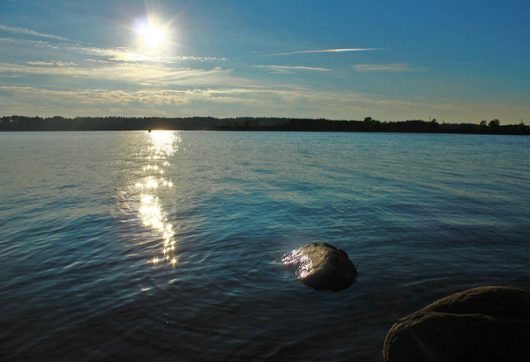
 Located just between France and Spain lies the principality of Andorra, a small country taking up only
Located just between France and Spain lies the principality of Andorra, a small country taking up only 